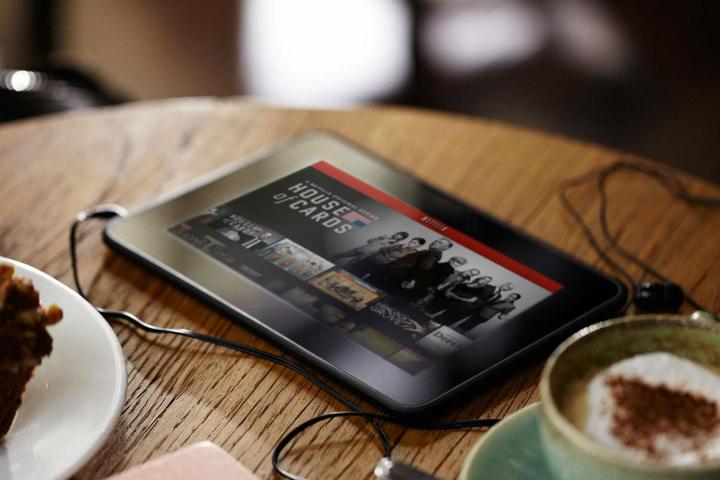
Netflix chief product officer, Neil Hunt, gave some insight today into the popular streaming site’s future. The exec revealed Netflix’s eventual plan to phase out its current navigation interface in favor of a more refined and personalized layout, according to a report by TechCrunch. Hunt’s announcement came during his keynote presentation this morning at Internet Week in New York City.
Hunt explained that Netflix’s vision is to eventually eliminate the “sea of titles” that users sift through in order to find their preferred movie or television show. Instead of simply providing an onslaught of content that may or may not fall in line with a given user’s current tastes, Netflix wants to come as close as possible to achieving the lofty goal of playing exactly what you want to watch, when you want to watch it. Hunt claims that presenting viewers with only three or four choices is “a powerful possibility.”
It’s hard to say what exactly this new format will look like. Perhaps it will resemble Twitter’s “Who to follow” tab, in which three potential accounts are presented and swapped out in real-time as the user decides whether to follow. Netflix could try to get really smart and factor in viewing behaviors based on the time of day: pull up big red after midnight – maybe your preferred period for Hoarders-binging – and whad’ya know! Hoarders, Storage Wars, and Intervention are right there, ready for your nocturnal reality TV kick.
Such a change could have a profound impact on the TV-watching habits of millions of Americans when you consider that more than half of all U.S. broadband households are Netflix subscribers. Naturally, the popular service is looking to innovate in order to maintain its firm grasp on the video-streaming public as more and more streaming services crop up with increasingly personalized, customizable interfaces.
However, don’t get too excited (or stressed) over a total makeover of the biggest streaming service on the block just yet. With his main topic circling around the “future of TV,” Hunt appeared to be describing a Netflix somewhere down the road, at a time in which video services and traditional pay-TV channels like HBO have become more deeply entangled. The exec painted a landscape in which conventional channels cease to exist. Instead, Hunt sees a model in which services like Netflix build a totally personalized “different channel for everyone.”
As for now, users who remember the jarring effects of the Qwikster debacle can rest easy. While the company has one eye focused on the future, it appears there won’t be any abrupt changes to America’s favorite streaming site any time soon.


